Are Carrots Native to India? History, Origins, and Surprising Facts
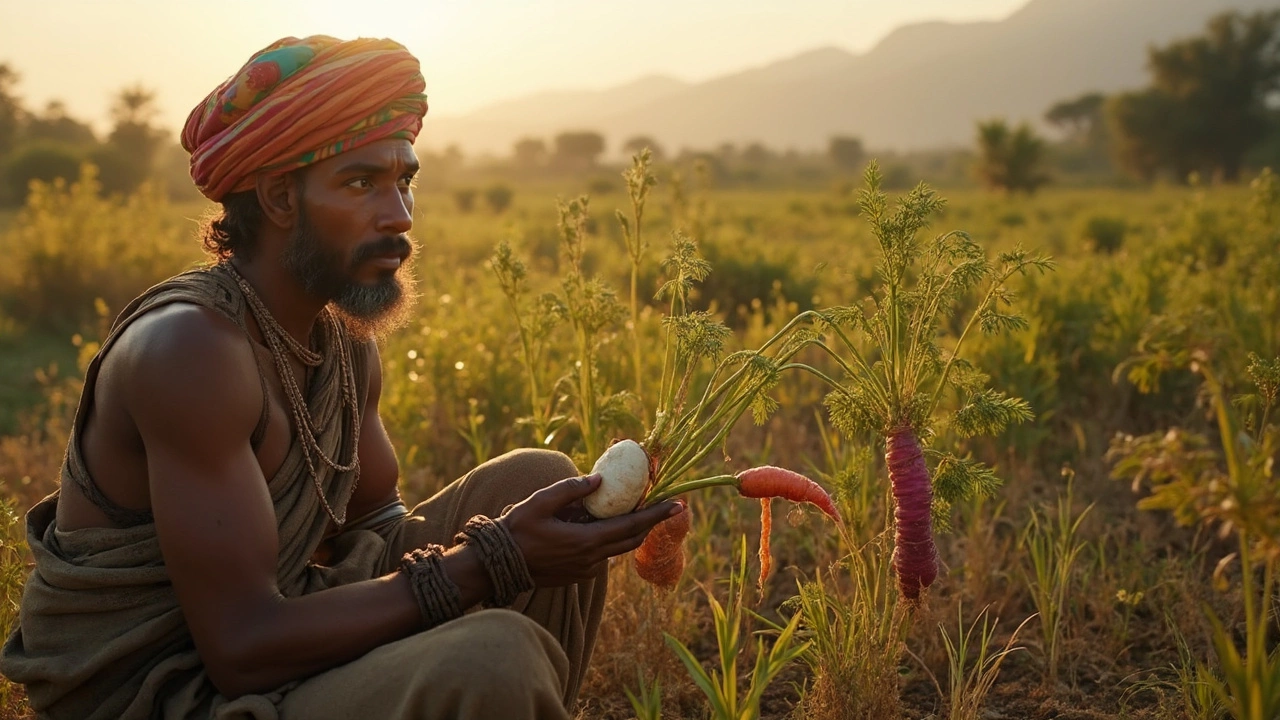
Are Carrots Native to India? History, Origins, and Surprising Facts
Picture biting into a crunchy carrot—sweet, juicy, maybe orange or red. But did you ever wonder where that carrot started its journey? Was it really grown in the soils of India from the beginning, or did it travel a long way before becoming the star of Indian kitchens and salads globally? The truth might surprise you: the carrot’s story is as colorful as the vegetable itself, winding through ancient trade routes, royal gardens, and even a few quirky British World War II legends. Let’s dig into the surprising origins and adventures of the carrot, and find out if India can truly claim this iconic root.
The Ancient Roots: Where Did Carrots First Grow?
When people think about carrots, most picture the bright orange kind. But that’s a recent twist. Scientists and historians agree that wild carrots first grew in Persia—the region now split between Iran and Afghanistan—thousands of years ago. These original carrots weren’t orange at all; they were purple, red, yellow, or even white, and they tasted quite different—much woodier and even a little bitter, nothing like today’s sweet supermarket varieties. Romans and Greeks knew about these roots, though they mostly used them for medicinal reasons or mild flavoring. If you stepped into an ancient Persian market, you’d probably see these rugged, colorful roots piled among herbs and spices, not the smooth orange ones we know today.
So, how did this Persian root start its global journey? Migrations, trade, and empires made all the difference. Traders and travelers along the Silk Road began to carry carrot seeds to distant lands. By 900 AD, carrots were being grown widely from Spain to China. This trade network is how carrots probably crept into the Indian subcontinent, too. There's no hard evidence suggesting that wild carrots first developed in India, but ancient medical texts in Sanskrit—some more than 1500 years old—mention a root called ‘gajra’ or ‘gajar,’ closely related to our beloved carrot. Buried in Ayurvedic manuscripts are references to red roots good for digestion and vitality, suggesting that carrots (or something close) found rich ground in India quite early.
India’s role wasn't just that of an importer, though. Over centuries, Indian farmers and gardeners selectively grew carrots that fit local tastes and climates. Eventually, the familiar long, red carrots of North India—used for that decadent winter treat, gajar ka halwa—became famous in their own right. So, while India isn’t the carrot’s birthplace, it played a big role in shaping some iconic varieties we know today.
The Evolution of Carrots: Colors, Varieties, and a Bit of Tricky History
When it comes to carrots, orange is just the beginning. For centuries, carrots were mostly purple, red, or yellow. Orange carrots are a Dutch invention from the 17th century. How did that happen? Dutch growers wanted to honor their royal family—The House of Orange—so they bred yellow carrots until they got that bright shade. The result stuck, quickly becoming the world’s favorite carrot variety. But long before orange took over, India was already growing and eating deep red and purple carrots. Visit any North Indian market in winter, even today, and you’ll spot those gorgeous, juicy red carrots (perfect for a hot bowl of gajar ka halwa).
So, which is ‘more authentic’—red or orange? Depends who you ask! Red carrots, rich in lycopene (the plant chemical that keeps tomatoes red), are still widely eaten across India, especially in Punjab, Uttar Pradesh, and Rajasthan. Meanwhile, the rest of the world embraced orange, high in beta-carotene (which turns into Vitamin A in our bodies). For a quick idea, check out some carrot stats in this table:
| Color | Main Nutrient | Region Grown | Taste Profile |
|---|---|---|---|
| Orange | Beta-carotene | Netherlands, Worldwide | Sweet, mild |
| Red | Lycopene | India, China, Middle East | More earthy, juicy |
| Purple | Anthocyanins | Turkey, Central Asia | Spicy, sometimes peppery |
| Yellow | Lutein | Pakistan, Turkey | Mild, less sweet |
Each carrot color carries a unique set of nutrients. That’s why mixing up the types you eat can offer all sorts of health benefits—something ancient cooks and healers in India probably figured out ages ago. The carrot isn’t just a root; it’s a multicultural, ever-evolving marvel that’s found a home in hundreds of kitchens around the world, including every Indian street-side salad cart and family thali.
Here’s another fun fact: Even though India produces lots of carrots—over 1.4 million tons a year—most get eaten right inside the country. That’s a serious carrot habit! And every year, new regional varieties pop up, adapted to local climates and cooking styles.
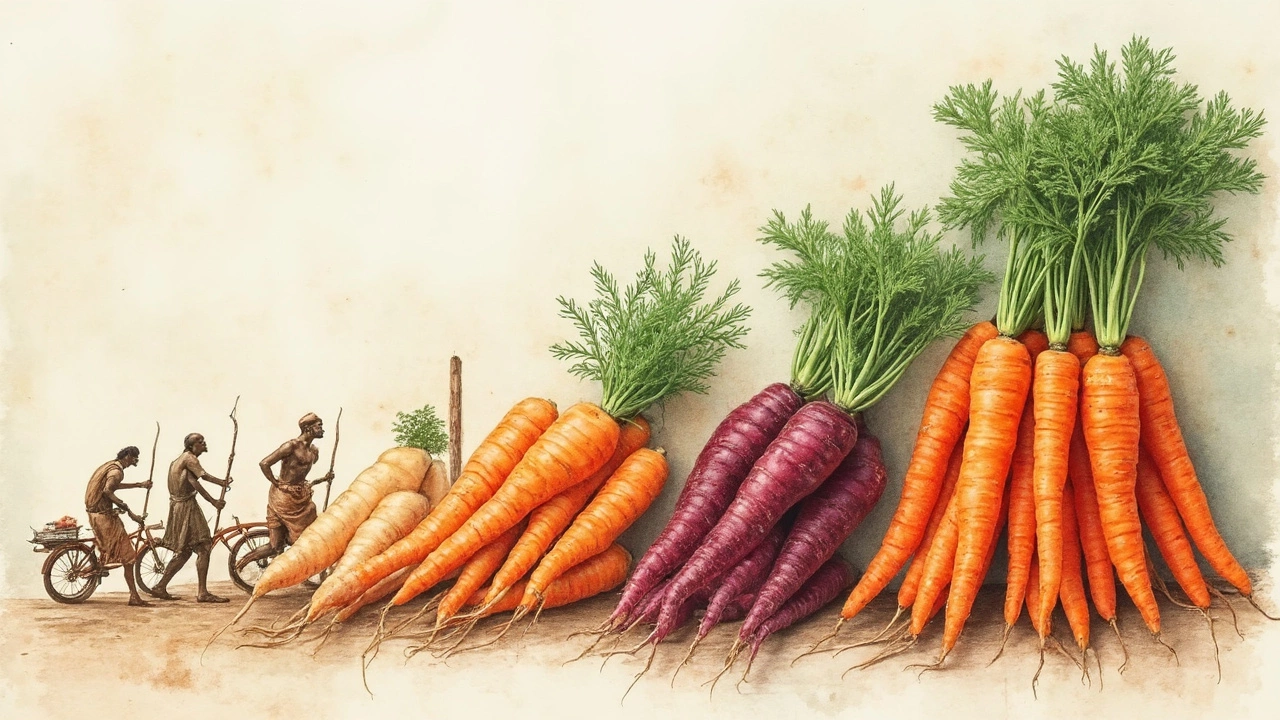
Indian Carrots: Culinary Stars and Agricultural Heroes
Take a stroll through an Indian street market in December. Your senses get hit with the earthy, sweet smell of fresh carrots stacked in colorful heaps: red, purple, sometimes white. In wintertime, red carrots are king in the North. Gajar ka halwa, a sweet, gooey dessert cooked with milk, sugar, and ghee, practically defines winter in Delhi or Amritsar. But that’s only the start. Carrots sneak into Indian pickles (achar), salads (koshimbir in Maharashtra), and spicy South Indian sambars. Rural kitchens chop them for mixed sabzis; city juice bars squeeze them into fresh drinks boasting better eyes and stronger immunity. Indian carrots aren’t just for show—they’re workhorses in kitchens across every region.
But what makes Indian carrots special compared to what you’d find in, say, Europe or America? It all comes down to the indigenous varieties. Red carrots, for instance, don’t just taste sweeter and more crisp—they handle the Indian heat and soil in ways orange carrots can’t. Varieties like “Desi Gajar,” “Pusa Rudhira Red,” and “Punjab Black Beauty” have been bred for generations by Indian farmers. These varieties also mature faster, are less prone to certain pests, and often need less water than their Western cousins. In Rajasthan and Gujarat, local white and yellow carrots are used for special pickles or eaten raw with regional spices and salt. Each type brings its own texture and flavor, and, honestly, life gets boring if you stick to only one color or taste.
Did you know? Indian carrot farming follows both age-old techniques and modern agricultural science. In traditional areas, farmers still save seeds from the healthiest roots, choosing ones that survived tough droughts or produced the juiciest crunch. At the same time, research institutes like the Indian Agricultural Research Institute are rolling out new, disease-resistant varieties, ensuring both small-scale farmers and big producers have carrots to offer all year long. That’s how India manages to rank in the top ten carrot producers globally, feeding a lot more than just its own growing population.
But here’s a cool tip: If you want the juiciest, sweetest carrots, shop at your local market during peak winter. That’s when the root absorbs the most sugars from the cooler soil. Even better, try making a quick Indian-style carrot salad—shred raw red carrots, squeeze a little lime, sprinkle with chaat masala and chopped green chilies. You get a flavor that’s bright, refreshing, and unique to Indian kitchens. It’s proof that while the carrot might not be native to India, it certainly feels at home!
Carrot Knowledge Bombs: Surprising Facts, Myths, and Tips
You might think you know everything about carrots, but these roots are full of odd twists. Did you hear the story about British pilots in World War II? To keep how they invented radar a secret, they told people their amazing night vision came from eating loads of carrots. This “carrot makes you see in the dark” myth still shows up in kid’s books and veggie ads worldwide, but there’s a grain of truth—carrots really are packed with Vitamin A, vital for healthy eyes. Just don’t expect to spot UFOs eating them every night.
Here’s a quick look at what’s inside a carrot, with data from Indian-grown varieties:
| Nutrient | Amount per 100g (raw) | Role in Health |
|---|---|---|
| Calories | 41 kcal | Energy source |
| Carbohydrates | 9.6 g | Fuel for the body |
| Vitamin A (from beta-carotene) | 835 μg | Good for eyesight and immune system |
| Vitamin K | 13.2 μg | Blood clotting, bone health |
| Potassium | 320 mg | Heart, muscle, and nerve health |
| Fiber | 2.8 g | Digestion, gut health |
Carrots aren’t just good for salads or cakes—they are a global health food superstar. In Indian homes, parents hand them to toddlers as teething snacks, and grandmas serve carrot soups whenever someone feels under the weather. Old Ayurvedic traditions even used carrot seeds for herbal remedies, treating everything from kidney stones to infections.
If you want to grow carrots at home, especially in an Indian climate, here’s a simple tip: pick a spot with loose, sandy soil and don’t overcrowd the seeds. Thin out the young plants so each root can grow strong and straight. Water just enough—too much and you’ll get split roots; too little and they turn tough. Try letting the carrots wiggle in the earth until winter nights start to bite—that’s when they taste the best.
Here’s a final fun fact to throw into your next trivia night: Carrot tops (those leafy greens) are completely edible. Indian cooks sometimes chop them into chutneys, stir them into dals, or dry them for herbal teas packed with vitamins. Don’t toss them out—they’re a zero-waste nutrition boost on top of an already healthy meal.
So, back to our big question—are carrots native to India? Not quite; their wild roots trace back to Persia. But their journey into Indian cuisine, agriculture, and culture has turned the carrot into a homegrown hero. Next time you snack on a crunchy gajar, remember: you’re tasting a whole world of history, culture, and flavor in every bite.
About
Gardener Support India is your go-to online destination for expert advice on gardening and horticultural services in India. Whether you're a beginner or an experienced gardener, our platform offers extensive resources, tips, and support tailored to Indian climates and plant species. Explore a wide range of guides on plant care, sustainable gardening practices, and innovative gardening solutions. Connect with local experts to enhance your gardening experience and maintain a flourishing garden. Our dedicated services aim to empower Indian gardeners with the knowledge and tools needed for a successful gardening journey.
Latest Posts
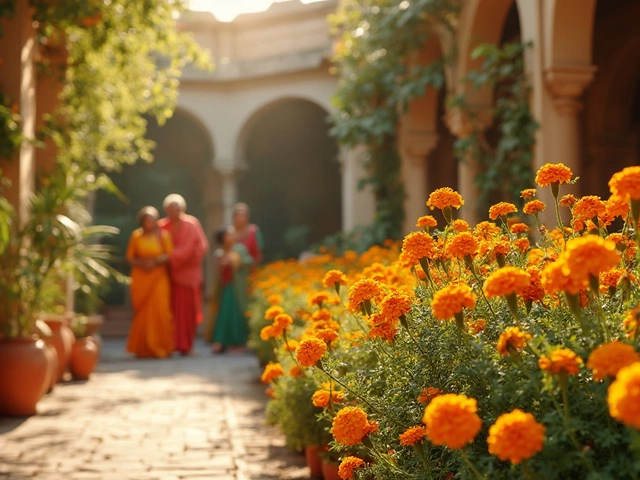
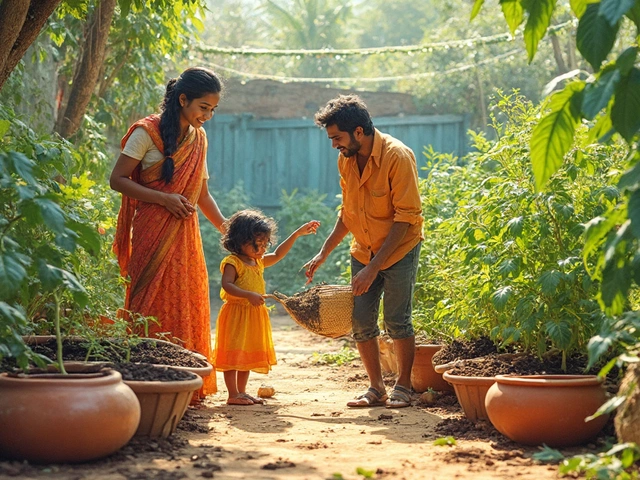
Vegetable Garden Soil: What to Add for Healthy Growth
By Alden Thorne Jun 3, 2025

Grandma Plant Explained: Easy‑Care, Sustainable Houseplant Guide
By Alden Thorne Oct 17, 2025
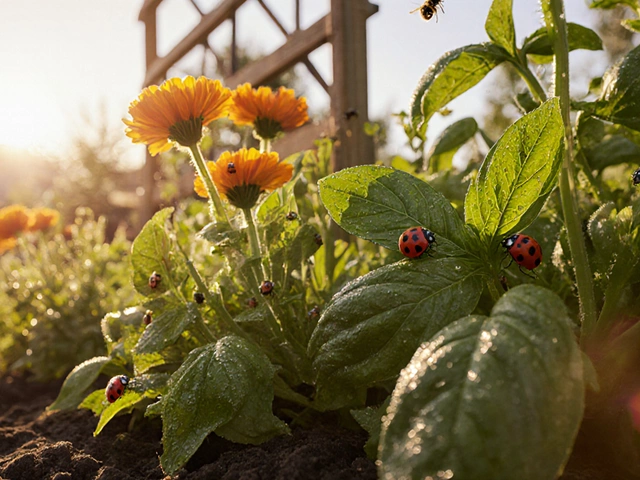
DIY Natural Pest Control: Simple Home Remedies for a Bug‑Free Garden
By Alden Thorne Oct 12, 2025

Write a comment